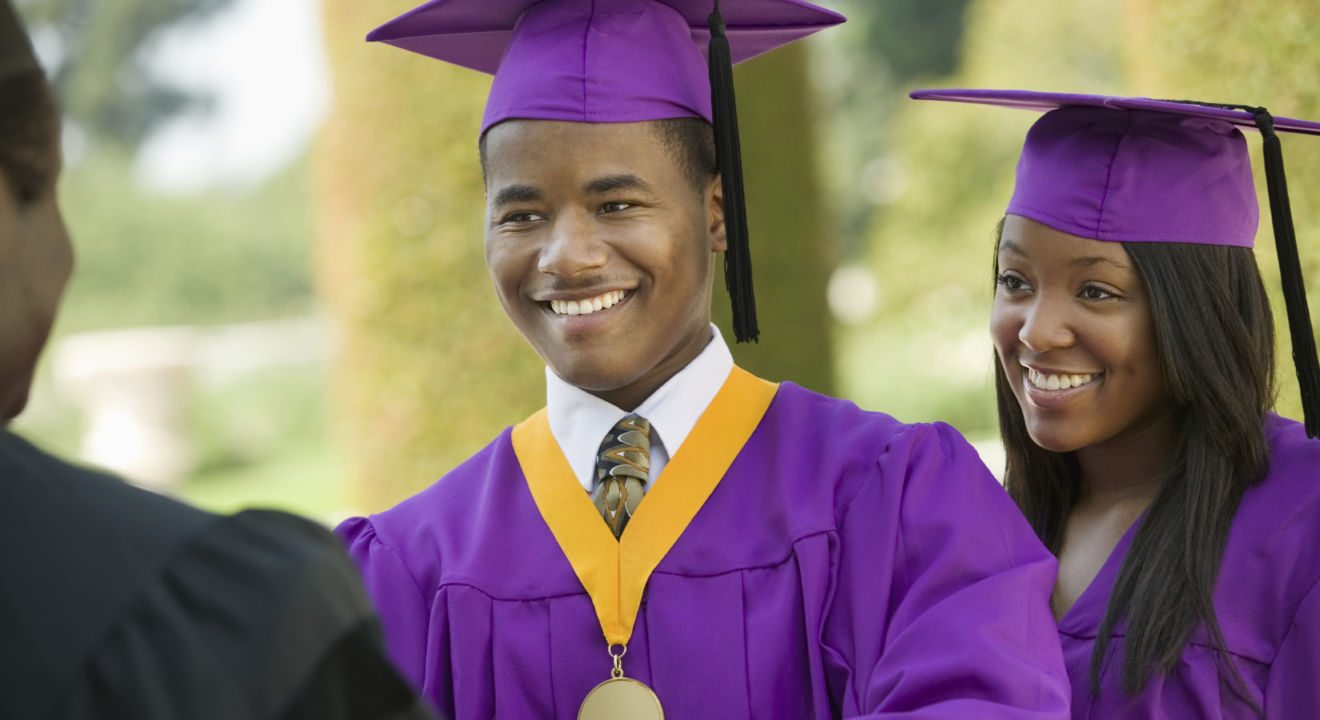Culture December 3, 2016


It’s a defense mechanism the black community has mastered: We make jokes to deal with challenges. We joke about the empty coffers of Historically Black Colleges and Universities (HBCU) financial aid offices. We joke about the hallway smelling like hair when the dorm’s favorite stylist is hard at work but the air conditioning isn’t.
But there’s an unsettling amount of truth to these tropes. Black communities aren’t funding our schools. While Oprah Winfrey hasn’t forgotten her alma mater and Magic Johnson endowed $2.5 million in scholarships at South Carolina State University, the vast majority of HBCU alumni don’t share the same generous sentiments.
As a matter of fact, HBCU alum are less likely to donate to their alma maters than graduates of Predominately White Institutions (PWI). Larisa Robinson writes via the HBCU Foundation, “Most HBCUs had low [alumni participation] numbers, like Tennessee State University and Grambling State University, with 3 percent and 1 percent. The University of the District of Columbia had 0.1 percent. Such numbers are minuscule when compared with the national average of 20 percent.”
And these data isn’t to say that either of these institutions aren’t worthy of large endowments or that they don’t produce some of the leading figures in their fields – namely Oprah Winfrey and Erykah Badu – but it does show that, overall, HBCU alumni just aren’t giving back.
Moreover, HBCUs have faced several financial hits in recent years. Legislation shortening the duration of Pell Grants has decreased HBCU enrollment, increased tuition and limited much-needed financial aid. This affects the whopping 46 percent of African-Americans who receive federal Pell Grant awards, reports the Journal of Blacks in Higher Education.
As a result, more and more HBCU students who largely depend on Pell Grants are now unable to complete their degrees, contributing to a decreasing graduation rate at these schools. In turn, decreasing graduation rates gravely impact HBCU eligibility for federal aid.
HBCUs are losing money and in turn, their endowment and enrollment rates are dropping as the dissatisfaction of current students grows. One social media campaign – #TakeBackHU – driven by Howard University students called for better conditions, such as improved communication between students and the Office of Financial Aid and functional air conditioning.
To the credit of Howard University, the school recently finished building new dormitories to the pride of Howard alum. But unfortunately, Bison pride and new dorms have not bandaged all of Howard’s infrastructural and financial woes.
Outside of financial reasons, HBCUs are experiencing dropped enrollment rates with fewer African-American applications. Whereas HBCUs were once the only place young black Americans could receive a higher education, this is no longer the case. According to the National Center for Educational Statistics, “Among Black students, the percentage enrolled at HBCUs has fallen over time, from 18 percent in 1976 to 8 percent in 2013.”
In recent years, America has found that black Americans are increasingly leaving black communities because, well, they can. But this increased mobility has been a double-edged sword for not only HBCUs, but also the cohesion of the black community on the whole.
The men and women of Generation X were the first to go to integrated institutions. Although they were raised in black communities by parents who attended HBCUs (if anywhere), many took advantage of their opportunities to move. This resulted in a vast majority of Generation Y black children who were raised apart from black communities, attending non-black churches and non-black schools.
The importance of going to HBCUs, connecting with other African-Americans and being an active member of the community is unfamiliar to many millennial black youth simply because they just haven’t been raised in one.
But its importance exists despite this increasing lack of involvement. Although funding is low and enrollment is dropping, HBCUs still produce 70 percent of America’s black doctors and 50 percent of its black engineers. Howard’s School of Law is one of the top fifty best schools of law in the country and “other historically black colleges like Morehouse, Howard, Hampton and Spelman are also among the top feeder schools for black medical students,” says the New York Times Magazine.
These schools are still cornerstones of our communities and are worth investment. If you are a proud Bison, Spelmanite, Morehouse Man or any other kind of HBCU grad, be sure to share you pride not only with your children, but also with your alma maters.